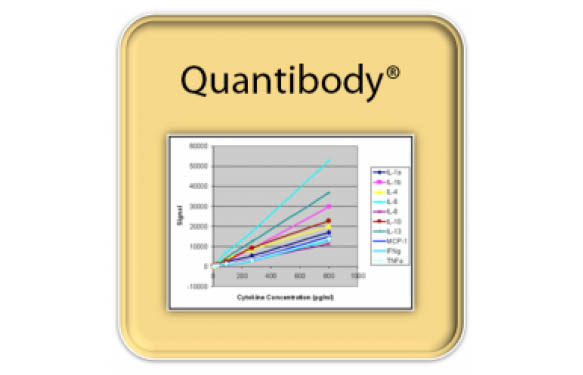Cell-based assays, screening for pathway activation or inhibition are classically done with promoter reporter clones expressing Firefly luciferase. Brighter, more stable, more sensitive, more convenient and cheaper, Gaussian luciferase has become popular over the past years. Let’s discover here the next generation of reporter clones, called Gluc-ON.
The natural promoter sequence
Genecopoeia have designed +20 000 human and +18 000 promoter reporter clones using their backbone vector that includes a modified Gaussia luciferase.

Each transfection-ready promoter clone contains a 1.2-1.5 kb insert, corresponding to the 5′-flanking promoter sequence located approximately 1.5 kb upstream and up to 200 bp downstream of the transcription start site (TSS) of a specific human gene. It is the closest option to the natural promoter and so the expression is similar the endogenous one.
These Gluc reporter clones are:
- sequenced verified
- natural promoter
- ready-to-transfect
- available as lentivirus
The vector pEZX-PG04 is also available as cloning vector and it is called pEZX-GA01 (cat nr ZX103).

The dual reporter
Gaussia luciferase is under the control of the promoter of interest and reveals the corresponding gene activation, and so its pathway.
The SEAP is the secreted alkaline phosphatase and it is expressed constitutively under the control of the CMV. It ensures the data normalisation from well to well. Thus, transient transfection is sufficient.
The dual system is secreted and brings the following advantages:
- convenient – analysis from the supernatant
- simple optimisation of the end-point data acquisition
- Advanced analysis with real time data if required
- Consistency – robust normalisation

The Gaussia luciferase detection kit
The Gluc detection kit contains 2 buffers offering flexible assay conditions.
- A buffer for greater stability retains more than 90% of signal within the first 10 minutes, extending the half-life of luminescence to 30 minutes
- Buffer for higher sensitivity for detecting low GLuc expression
Interested in learning more? Get in touch with your local tebu-bio office if you’re keen to use these products, or leave your comments and/or questions below, we’ll be pleased to get back to you!


